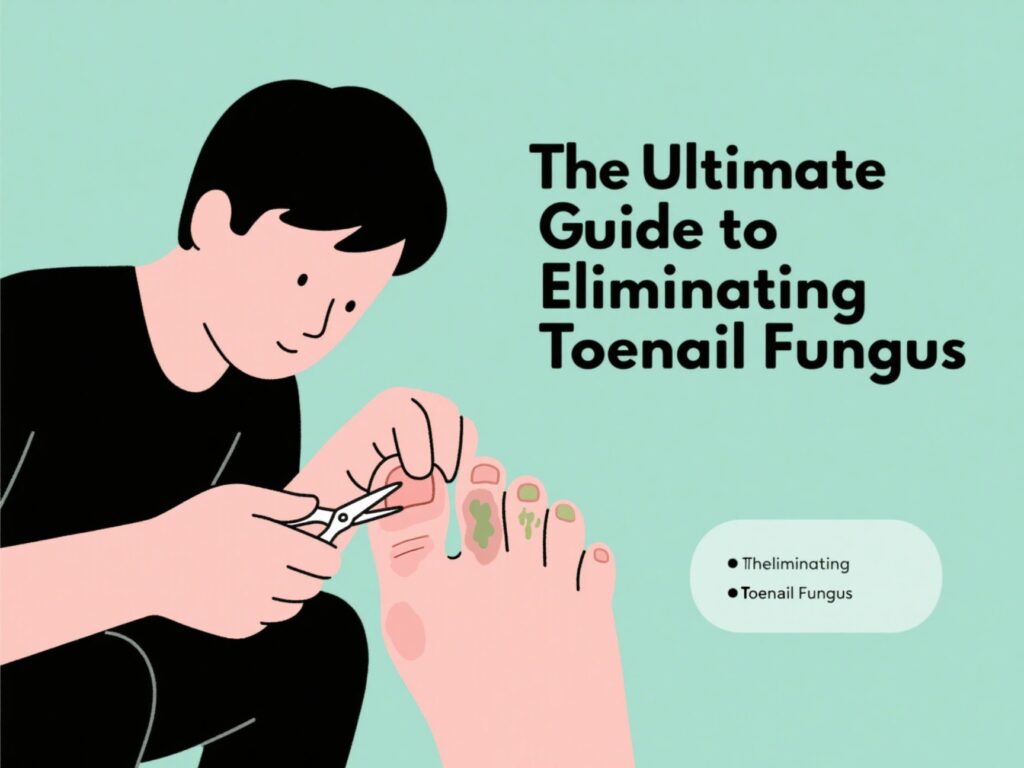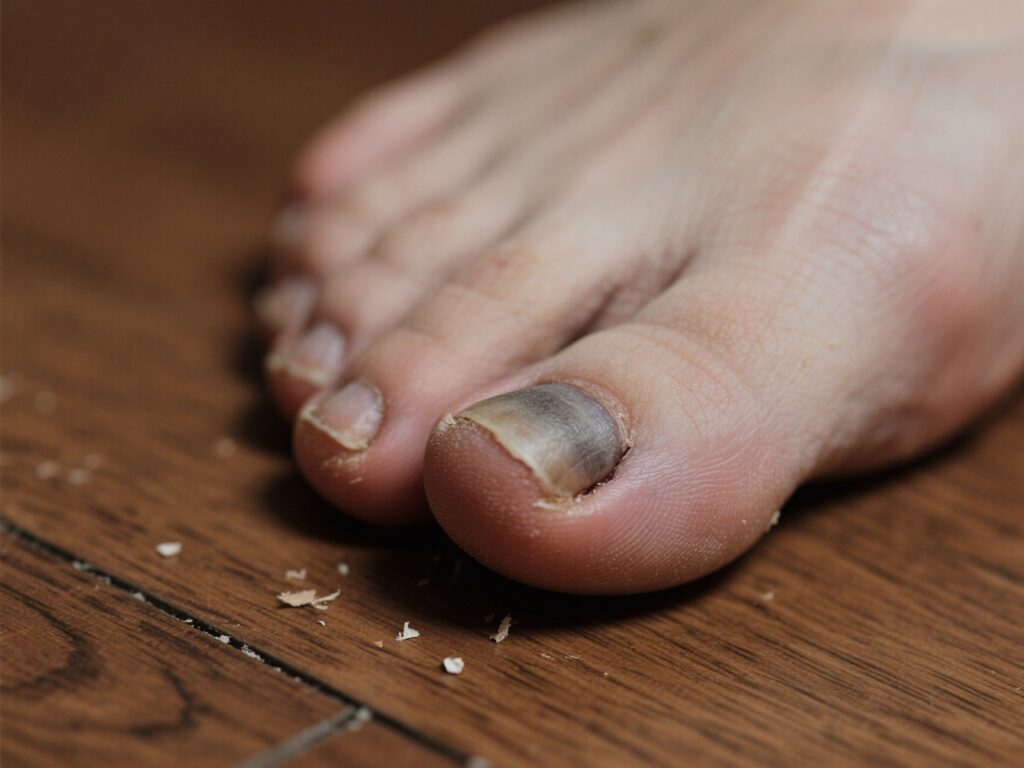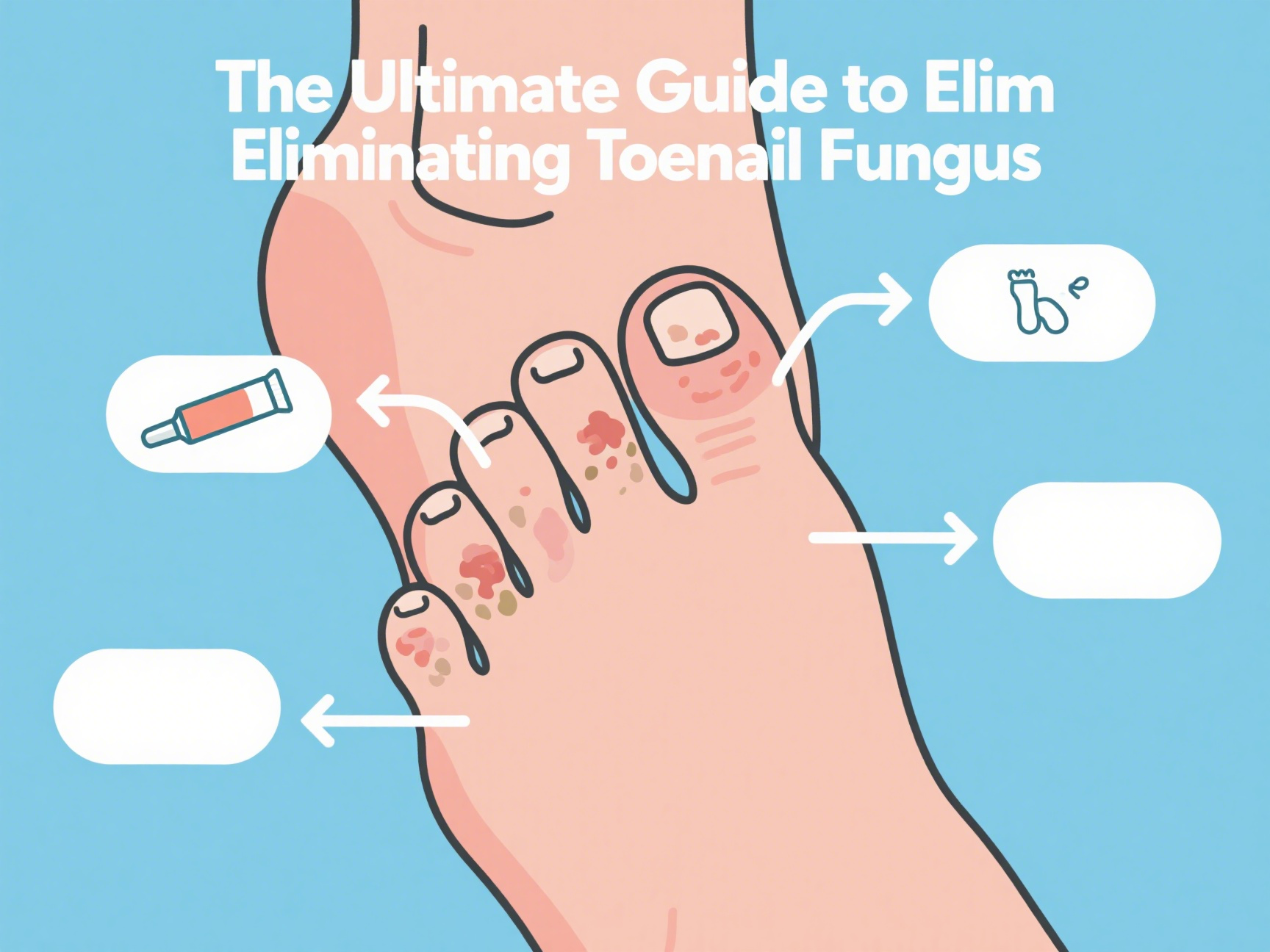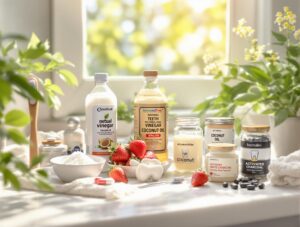Toenail fungus, medically known as onychomycosis, is a stubborn and often embarrassing condition affecting approximately 10% of the global population. Characterized by discolored, thickened, or brittle nails, this fungal infection thrives in warm, moist environments and can persist for years if left untreated. If you’re wondering, What is the best way to get rid of toenail fungus?—this comprehensive guide explores proven treatments, preventive measures, and expert insights to help you reclaim healthy nails.
Table of Contents

Understanding Toenail Fungus: Causes and Risk Factors
Toenail fungus is caused by dermatophytes, yeasts, or molds that invade the nail bed through tiny cuts or separations between the nail and skin. Common risk factors include:
- Prolonged exposure to damp environments (e.g., sweaty shoes, public pools)
- Aging (reduced blood flow and slower nail growth increase susceptibility)
- Diabetes or weakened immune systems
- Trauma to the nail or poor foot hygiene
Early intervention is critical, as toenail fungus can spread to other nails or even the skin, leading to complications like cellulitis.
Proven Treatments for Toenail Fungus
Eradicating toenail fungus requires patience—it can take months for a healthy nail to regrow. Below are the most effective treatments, ranked by scientific support:
1. Topical Antifungal Medications
Over-the-counter (OTC) creams, ointments, or medicated nail polishes containing ingredients like ciclopirox or amorolfine are first-line options for mild infections. However, their efficacy is limited because they struggle to penetrate the nail plate.
- Pros: Minimal side effects; suitable for those avoiding oral medications.
- Cons: Low cure rates (15–30%); requires daily application for 6–12 months.
For better results, pair topical treatments with nail debridement (filing or trimming infected areas) to reduce fungal load.

Remember: Consistency is key. Toenail fungus won’t vanish overnight, but with persistence and the right strategy, healthy nails are within reach.>>>>CLICK HERE NOW<<<<<
2. Oral Antifungal Drugs
Prescription oral medications like terbinafine (Lamisil) and itraconazole (Sporanox) are the gold standard for moderate to severe toenail fungus. These drugs attack the fungus systemically, with cure rates reaching 40–70%.
- Pros: High effectiveness; shorter treatment duration (3–6 months).
- Cons: Potential liver toxicity; requires blood monitoring. Avoid if pregnant or with liver disease.
3. Laser Therapy
Laser treatments use focused light to destroy fungal cells without damaging surrounding tissue. While studies show mixed results, some clinics report 60–80% success rates after 3–4 sessions.
- Pros: Non-invasive; no systemic side effects.
- Cons: Expensive (not always covered by insurance); long-term efficacy data is limited.
4. Natural Remedies
Home remedies are popular but lack robust evidence. A few options with anecdotal support include:
- Tea tree oil: Apply diluted oil daily; exhibits antifungal properties.
- Apple cider vinegar: Soak feet in a 1:1 vinegar-water solution for 20 minutes.
- Coconut oil: Contains caprylic acid, which may inhibit fungal growth.
Note: Natural treatments work best for early-stage infections or as adjuncts to medical therapies.
Preventing Toenail Fungus Recurrence
Even after successful treatment, toenail fungus can return. Implement these habits to protect your nails:
- Keep Feet Dry: Change socks frequently; use antifungal powders.
- Wear Breathable Footwear: Avoid tight shoes; opt for moisture-wicking materials.
- Disinfect Tools: Clean nail clippers and files with alcohol after each use.
- Avoid Walking Barefoot in Public Areas: Use flip-flops in gyms, pools, and showers.
- Trim Nails Properly: Cut straight across to prevent ingrown nails and microtears.

Persistence is the key. Toenail fungus will not disappear overnight. >>>>Click here <<<<to solve your toenail fungus problem.
When to See a Doctor
Consult a dermatologist or podiatrist if:
- The infection causes pain or limits mobility.
- Home treatments fail after 2–3 months.
- You have diabetes or circulatory issues (risk of severe complications).
A lab test (nail clipping analysis) can confirm the type of fungus and guide targeted therapy.
Conclusion: What’s the Best Way to Beat Toenail Fungus?
The optimal approach depends on infection severity, health status, and lifestyle. For most people, a combination of oral antifungals (under medical supervision) and diligent foot care offers the highest cure rates. Meanwhile, laser therapy or natural remedies may suit those seeking non-pharmaceutical options.
Remember: Consistency is key. Toenail fungus won’t vanish overnight, but with persistence and the right strategy, healthy nails are within reach.




